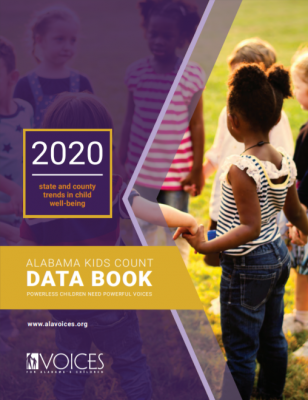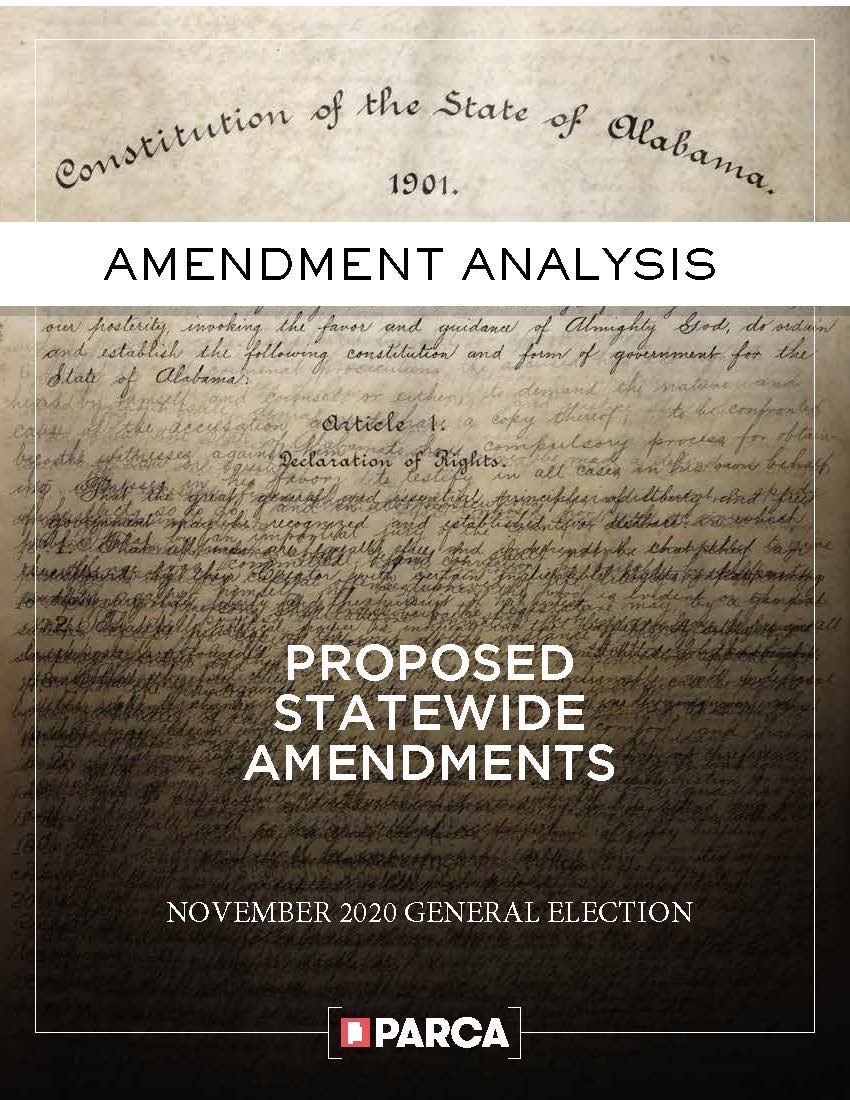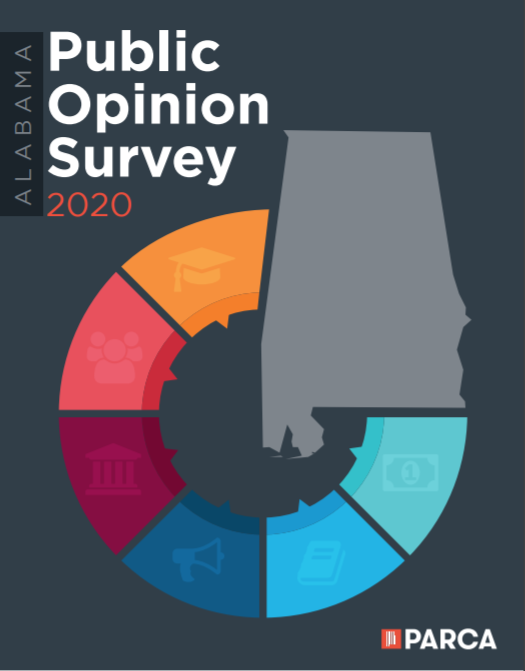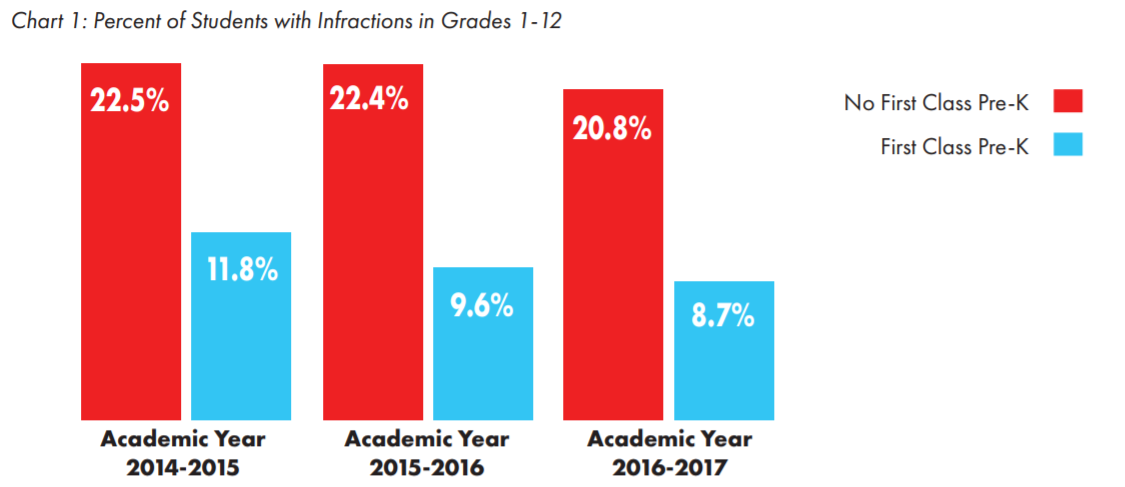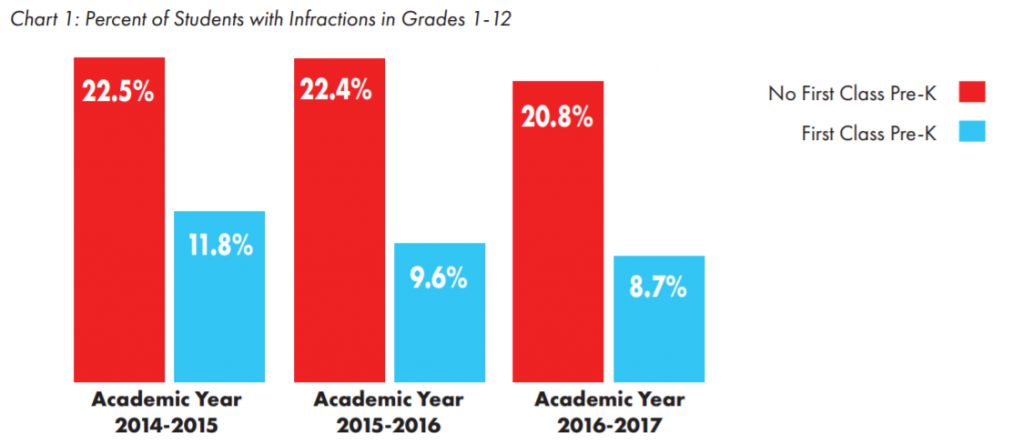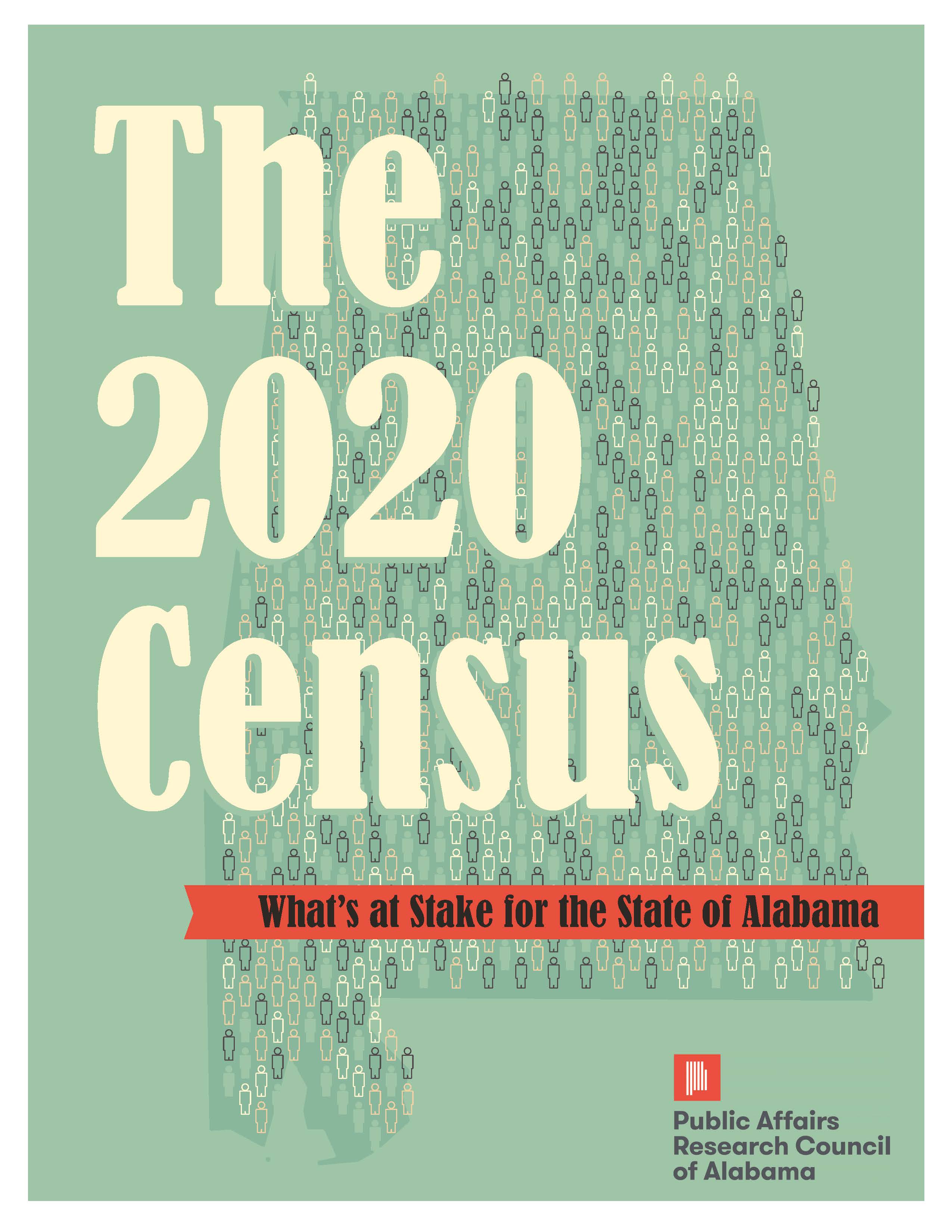
Alabama is at risk of
losing federal funding, a congressional seat, and an Electoral College vote.
These outcomes are based on projected results of the 2020 Census.
The 22nd decennial
census, mandated by the U.S. Constitution, begins on April 1, 2020. The census
counts every person living in the United States. Business, industry, nonprofits,
researchers, and governments use this information to understand and serve the
public. The Constitution requires the census. Federal law requires all people living
in the U.S. to respond.
The census is always a challenging project, but there are additional complications in 2020.
• The 2020 Census will
be the first census administered primarily online.
• Proposals to add a citizenship question have created confusion in many communities.
• Trust of government is at near historic lows.
• The Census Bureau
has reported to be behind in hiring field staff.
Regardless, the census
results will have a profound impact on every community in America. While
ultimately the responsibility of the federal government, the census is important
to the states, and most invest substantial resources to promote the census.
As of this writing,
Alabama has created the Alabama Counts! taskforce to promote the census and has
committed $1.24 million, or $0.25 per capita, to the effort, compared to an
average of $1.37 across the country, based on data reported by the National
Council of State Legislators.
The stated goal of
Alabama Counts! is to increase Alabama’s initial participation rate beyond the
72 percent reported in 2010. This figure represents the number of households
that returned a census form by mail. Those who did return a form by mail received
a visit from a census worker.
While increasing
Alabama’s initial participation rate is a worthy goal, it is worth remembering
that the national initial participation rate in 2010 was only 74 percent. A
significant increase in the initial participation rate will be difficult and
will require concerted effort from local officials in Alabama’s 67 counties and
the 460 towns and cities recognized by the Census Bureau.
Even if the efforts of Alabama Counts! are exceedingly successful, Alabama may well lose a congressional seat. Census workers simply cannot count people who are not here. And Alabama is simply not growing as fast as other states.
But how does Alabama compare? What options do we have? Find out the answers to these questions and more in the full report.
Read PARCA’s full report here.
